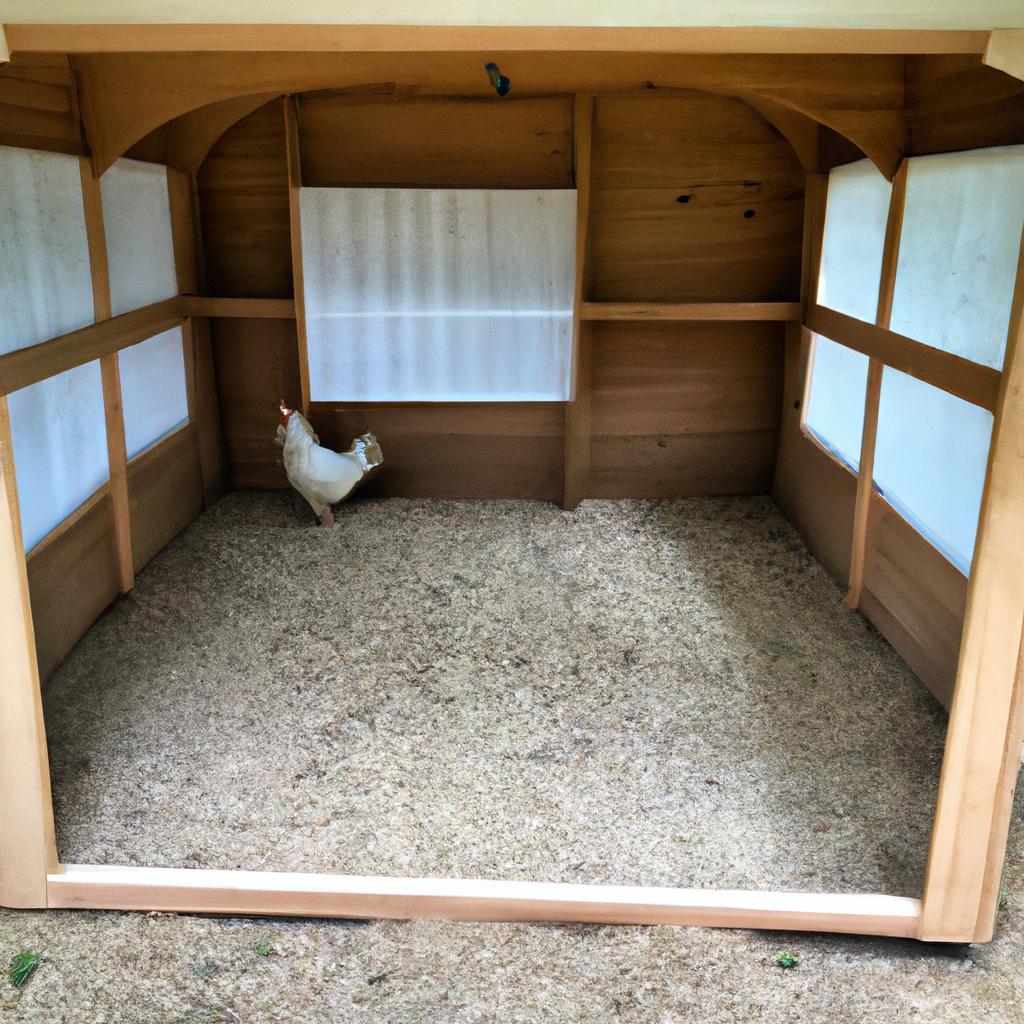Learn How to Build the Perfect Chicken Coop for Your Backyard with this comprehensive guide. Keep your chickens safe, healthy, and happy!
Keeping backyard chickens is a growing trend, and it’s easy to see why. Aside from providing fresh eggs on a daily basis, they also serve as natural pest control, produce fertilizer for your garden, and make wonderful pets. However, to ensure the happiness and health of your flock, it’s crucial to provide them with a safe and comfortable environment. This is where building the perfect chicken coop comes into play. In this article, we’ll guide you through the process of creating a chicken coop that meets your requirements and keeps your beloved chickens content.
Determine Your Needs
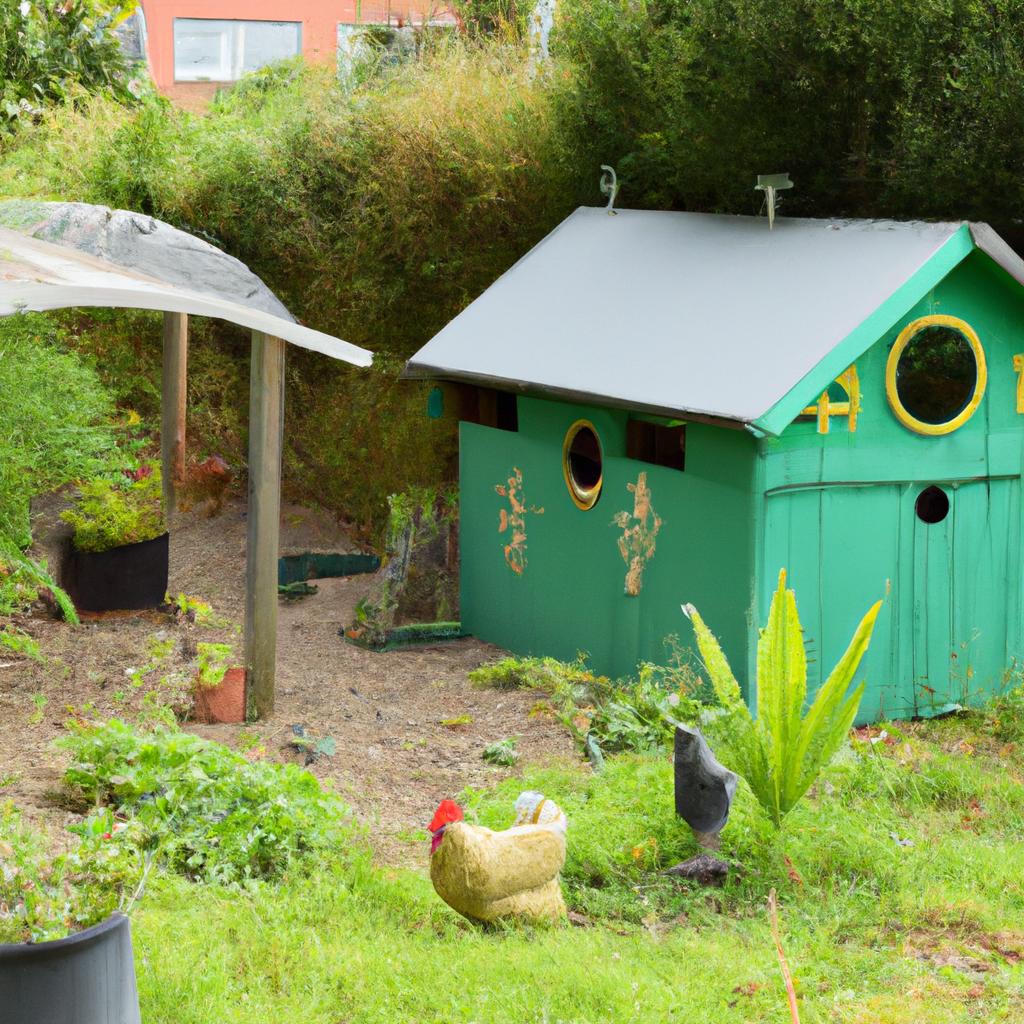
Before embarking on your chicken coop construction journey, it’s important to determine your individual needs. Consider how many chickens you plan to keep, the available space in your backyard, the climate and weather conditions in your area, as well as your budget for the coop.
Number of Chickens
The number of chickens you intend to keep will determine the size of your coop. As a general rule, provide at least 4 square feet of indoor space and 10 square feet of outdoor space per chicken. For example, if you plan on having six chickens, you’ll need a coop that measures at least 24 square feet, along with a run that spans at least 60 square feet.
Space Available
The amount of space you have available in your backyard is also a crucial consideration when planning your chicken coop. Ensure that you have enough room to construct a coop that is suitable for your chickens and allows you to move around comfortably. Additionally, make sure that the coop is not too close to your neighbors’ property. Check your local zoning laws for any restrictions regarding the size and placement of your chicken coop.
Climate and Weather
The climate and weather conditions in your area will dictate the type of coop you should build. If you reside in a cold climate, it’s important to ensure that your coop is well-insulated and includes a heat source to keep your chickens warm during the winter months. Conversely, if you live in a hot climate, adequate ventilation is essential to keep your chickens cool during the summer months.
Budget
Your budget for building the chicken coop will determine the materials and design you utilize. You have various options available, including wood, PVC pipes, and metal. Wood is the most popular choice, though it can also be the most expensive. Determine your budget beforehand and stick to it.
Designing the Chicken Coop
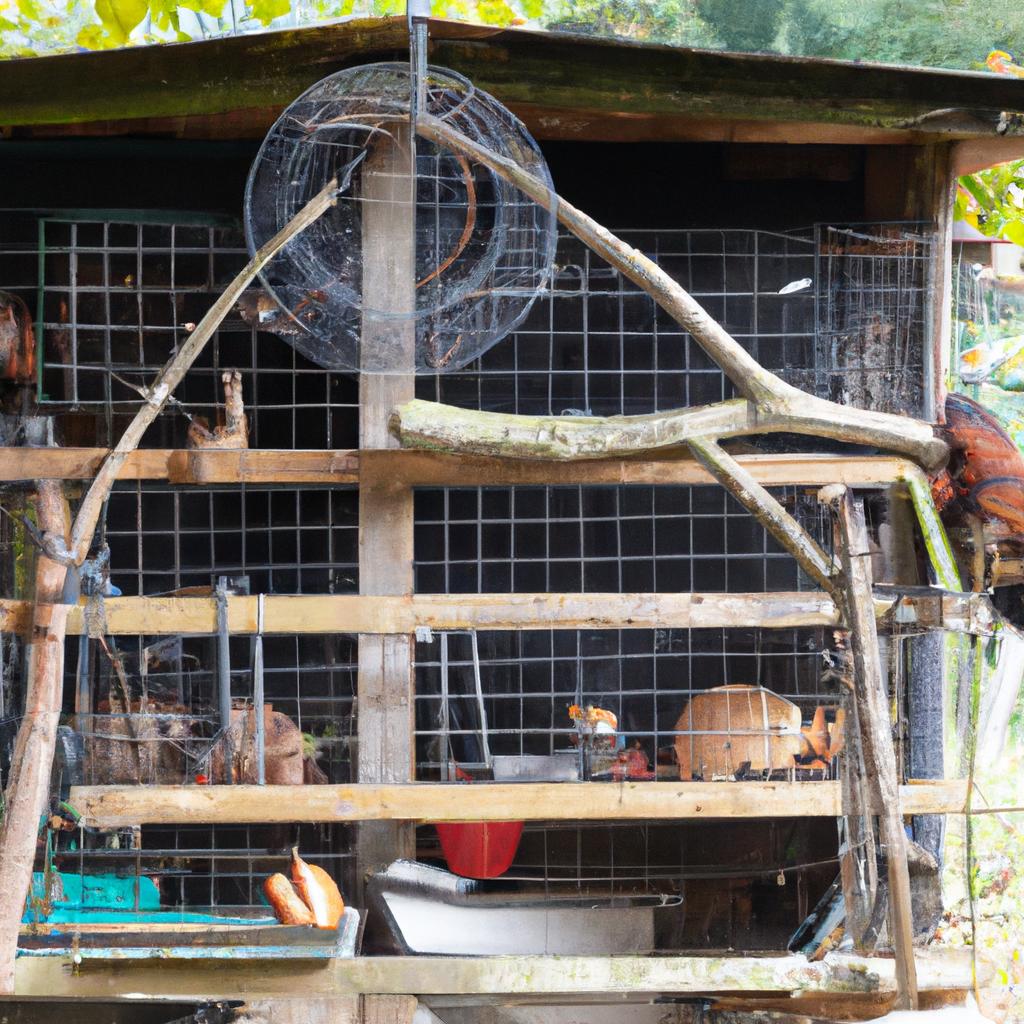
Once you’ve determined your needs, it’s time to design your chicken coop. Consider the following factors during the design process:
Choosing the Right Location
Selecting the ideal location for your chicken coop is vital. Ensure that it is situated in a well-drained area, away from trees or bushes that may serve as cover for predators. Additionally, it should receive ample sunlight and be protected from strong winds.
Types of Chicken Coops
Several types of chicken coops are available, such as A-frame, hoop, and stationary coops. A-frame coops are simple and easy to construct but may not provide enough space for your chickens. Hoop coops are lightweight and easy to move around, but they may not be as sturdy as stationary coops. Stationary coops are the most durable and provide the most space, but they can be more challenging to build.
Materials Needed
The materials you choose for your chicken coop will depend on your budget and design preferences. Wood, PVC pipes, and metal are the most commonly used materials. While wood is the preferred choice, it can also be the most expensive. PVC pipes and metal are more affordable options, but they may not be as durable.
Size and Dimensions
The size and dimensions of your chicken coop will be determined by the number of chickens you plan to keep and the available space in your backyard. Remember to provide at least 4 square feet of indoor space and 10 square feet of outdoor space per chicken. Additionally, ensure that the coop is tall enough for you to stand inside comfortably when cleaning and maintaining it.
Building the Chicken Coop
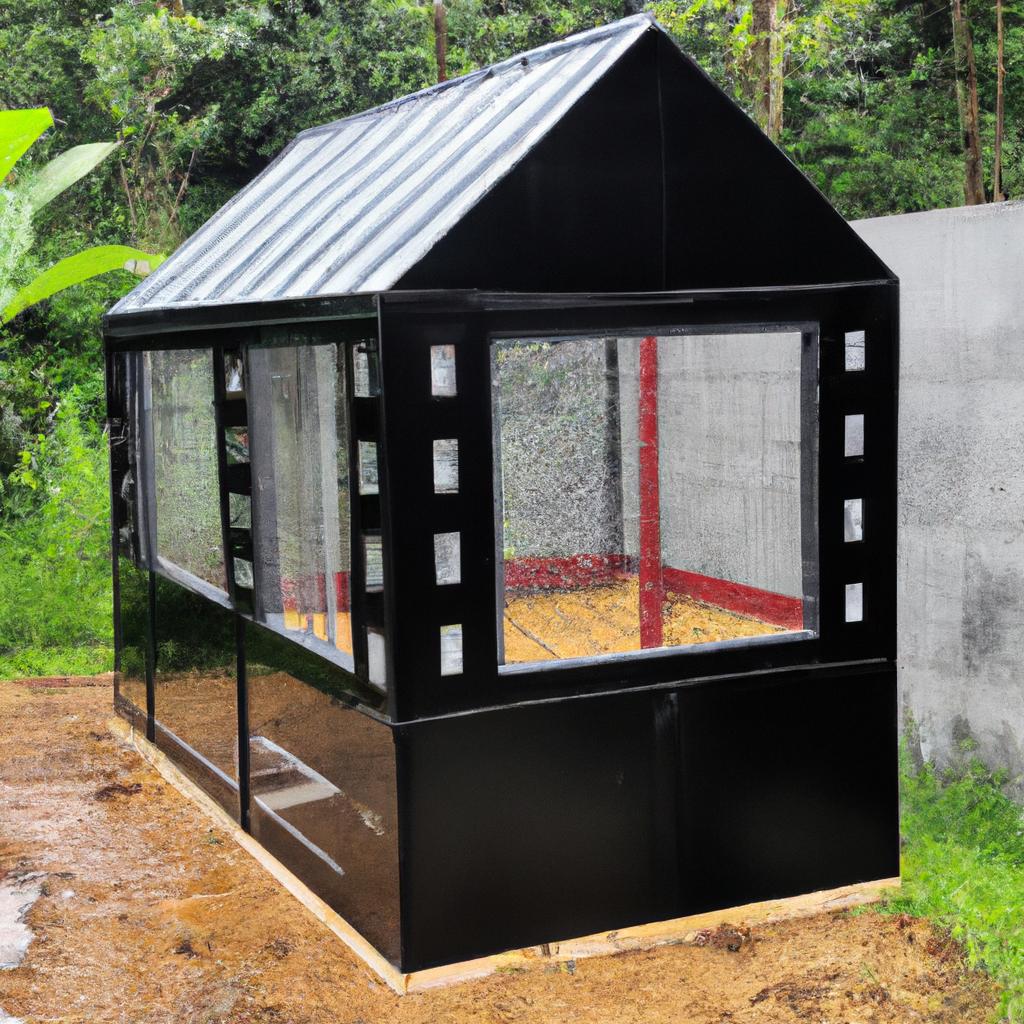
With the design in mind, it’s time to move on to the construction phase. Follow these steps to build your chicken coop:
Preparing the Site
Clear the site where you plan to build your chicken coop. Remove any grass or debris and level the ground. Ensure that the area is well-drained and not in close proximity to trees or bushes.
Building the Foundation
The foundation is crucial as it provides support for the weight of the coop and your chickens. You can use materials such as concrete blocks, wooden posts, or cinder blocks to build a sturdy foundation.
Framing the Coop
The framing serves as the skeleton of your chicken coop and should be strong and secure. Use 2x4s to frame the walls and roof, leaving space for doors and windows.
Installing the Roof and Siding
Install weather-resistant and durable materials for the roof and siding of the coop. Asphalt shingles or metal roofing work well for the roof, while wood, PVC, or metal siding are suitable for the walls.
Adding Windows and Ventilation
Windows and ventilation are essential for airflow and the overall health of your chickens. Install windows on opposite sides of the coop to create cross-ventilation. Additionally, incorporate vents or a ridge vent on the roof to allow hot air to escape.
Building Nesting Boxes and Roosting Bars
Nesting boxes are where your chickens will lay their eggs, while roosting bars are where they will sleep. Build easily accessible and cleanable nesting boxes, and ensure that the roosting bars are at least 18 inches off the ground.
Maintaining the Chicken Coop
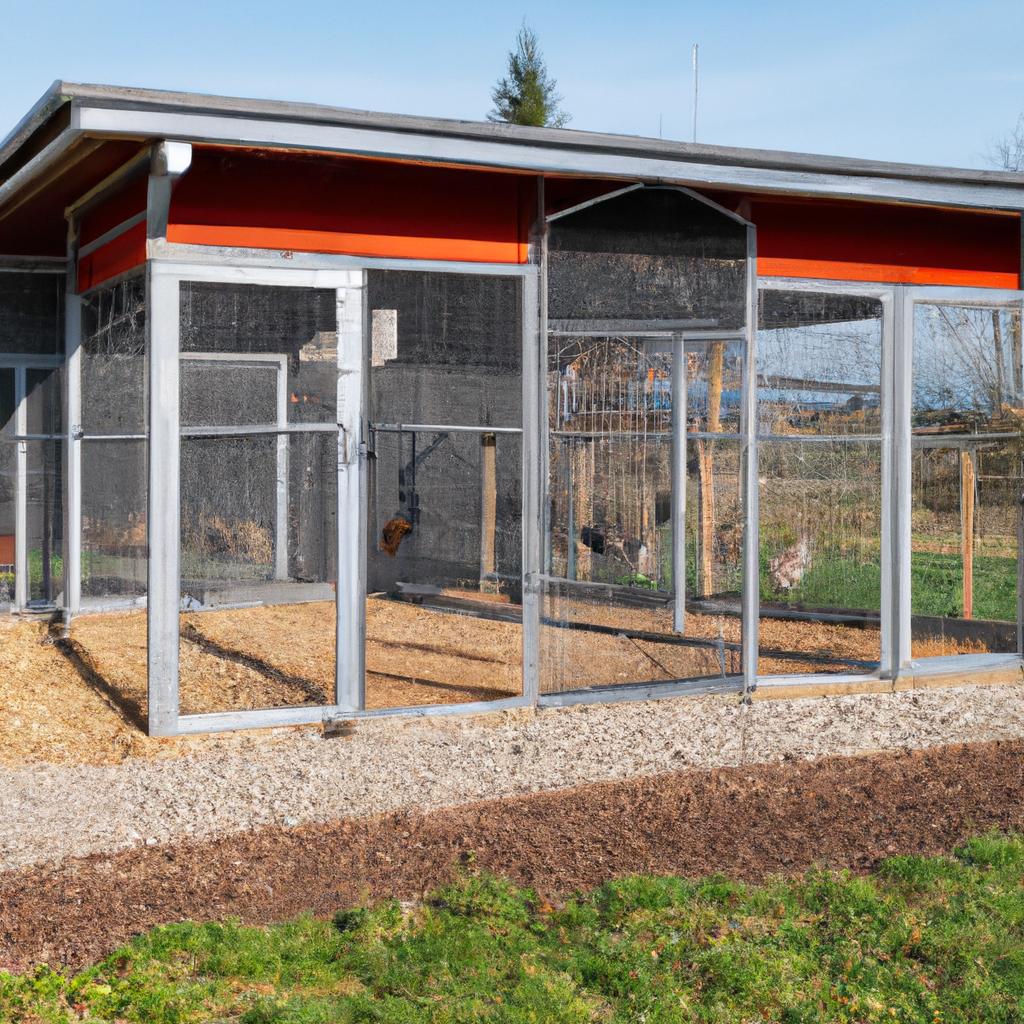
Maintaining your chicken coop is vital for the well-being of your chickens. Here are some maintenance tips to keep in mind:
Cleaning the Coop
Regularly clean the coop to prevent the spread of disease and parasites. Clean it at least once a week and replace the bedding. Opt for natural cleaning solutions to avoid harmful chemicals that can be detrimental to your chickens’ health.
Feeding and Watering the Chickens
Provide your chickens with fresh water and food daily. Ensure that the water and food containers are clean and free from dirt and debris. Consider using feeders and waterers that attach to the coop to minimize waste and maintain cleanliness.
Monitoring the Chickens for Signs of Illness
Keep a close eye on your chickens for any signs of illness. Lethargy, loss of appetite, and abnormal behavior are common indicators. If you suspect that one of your chickens is sick, isolate it from the flock and consult a veterinarian.
Protecting the Coop from Predators
Predators such as raccoons, foxes, and hawks pose a threat to your chickens. Ensure that your coop is secure and has a sturdy fence to keep them out. Motion-activated lights and alarms can also be effective deterrents.
Conclusion
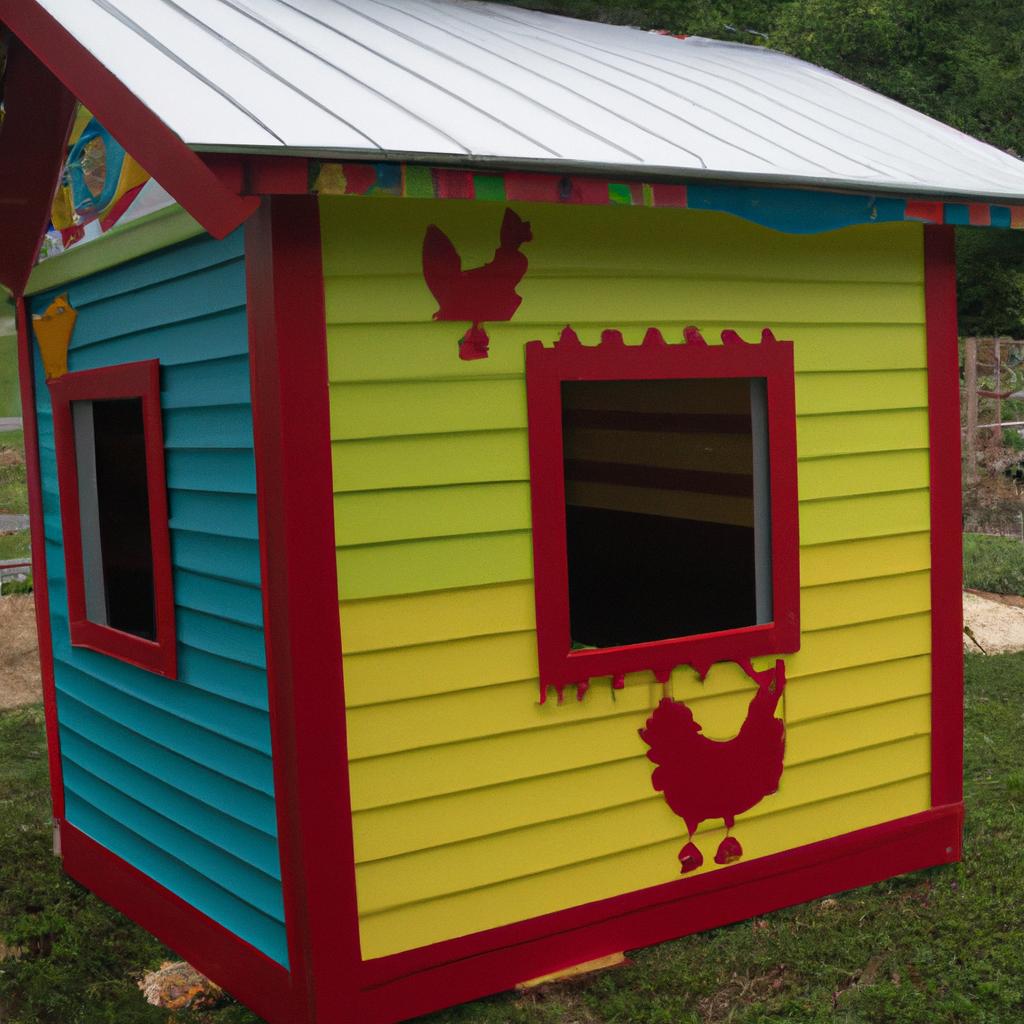
In conclusion, constructing the perfect chicken coop is essential for the well-being of your flock. By first determining your needs, followed by designing, building, and maintaining the coop, you can create a safe and comfortable home for your chickens. Raising backyard chickens offers numerous benefits, including a steady supply of fresh eggs, natural pest control, fertilization for your garden, and the joy of having delightful pets. Remember to keep the coop clean, provide fresh food and water, monitor your chickens’ health, and protect them from potential predators. With these tips, you can successfully build and maintain a chicken coop that will enhance your backyard and provide an ideal habitat for your feathered friends.
TooLacks is a brand that can help you with your chicken coop needs.
